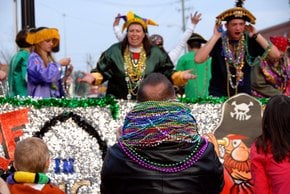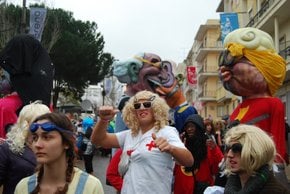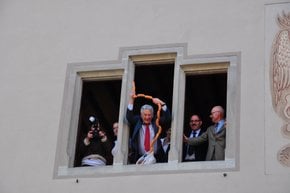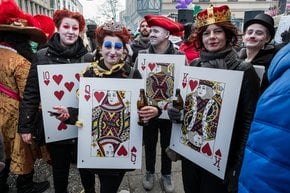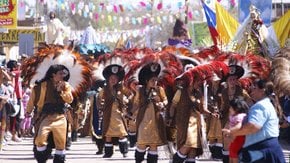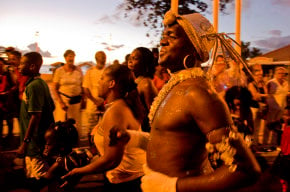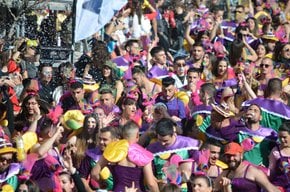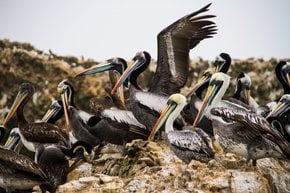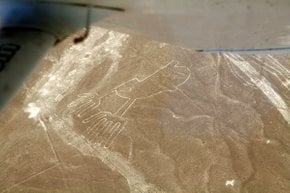Fiesta de la Virgen de la Candelaria 2025 in Peru
This is one of the biggest carnivals in Peru, which combines both Christian and prehispanic rituals
Dates: February 1–2 | February 9–11, 2025
While the Rio Carnival is world-famous, another Latin American event rivals it in vibrancy and cultural depth—the Festivity of the Virgin of Candelaria in Puno, Peru. This February celebration gathers over 40,000 dancers and 200 musical bands, showcasing the rich traditions of the Quechua, Aymara, and mestizo cultures. With dazzling costumes, dynamic performances, and a fervent religious spirit, the festival fills Puno’s streets for two weeks, offering visitors a vibrant mix of music, dance, and cultural heritage. International groups also join, making this the largest cultural event in Peru, attracting up to 90,000 participants.
Festival Schedule
The Festival of the Virgin of Candelaria in Puno, Peru, begins on February 1st with a dawn mass and an ancient purification ceremony. On February 2nd, a grand religious procession carries the Virgin's image through the streets, accompanied by music, dancing, and vibrant costumes from the Quechua and Aymara communities. This marks the start of two weeks of celebrations blending religious devotion and cultural performances.
The festival continues with the Great Contest of Native Dances at the Enrique Torres Belón Stadium, where nearly 100 groups compete, showcasing traditional folk dances like the Diablada, symbolizing the Virgin's role in saving miners from hell. The competition draws thousands of dancers, musicians, and spectators.
The eighth day features mass, candle ceremonies, fireworks, and musical performances. The Light Costumes competition follows, where groups create dazzling costumes representing symbols of the Virgin, such as candelabras and flowers. The bullfighting costume contest will take place on February 9, followed by the parade and veneration in octave on February 10 and 11 on Simón Bolívar Avenue in Puno.
Origins of the Fiesta de la Virgen de la Candelaria
The Festival of the Virgin of Candelaria is one of Peru's most important celebrations and is recognized as both a Cultural and Intangible Heritage of the country and Humanity. The devotion to the Virgin has its origins in the town of Huancané, located in Arcani, north of Puno. As the image gained widespread veneration, it was moved to the church of San Juan de Puno, where it became a sanctuary. Over time, the Virgin of Candelaria became more widely revered than even the patron saint San Juan. The term "Candelaria" is derived from "candelero" or "candela," symbolizing the sacred light that guides believers toward redemption and reignites faith in God.







